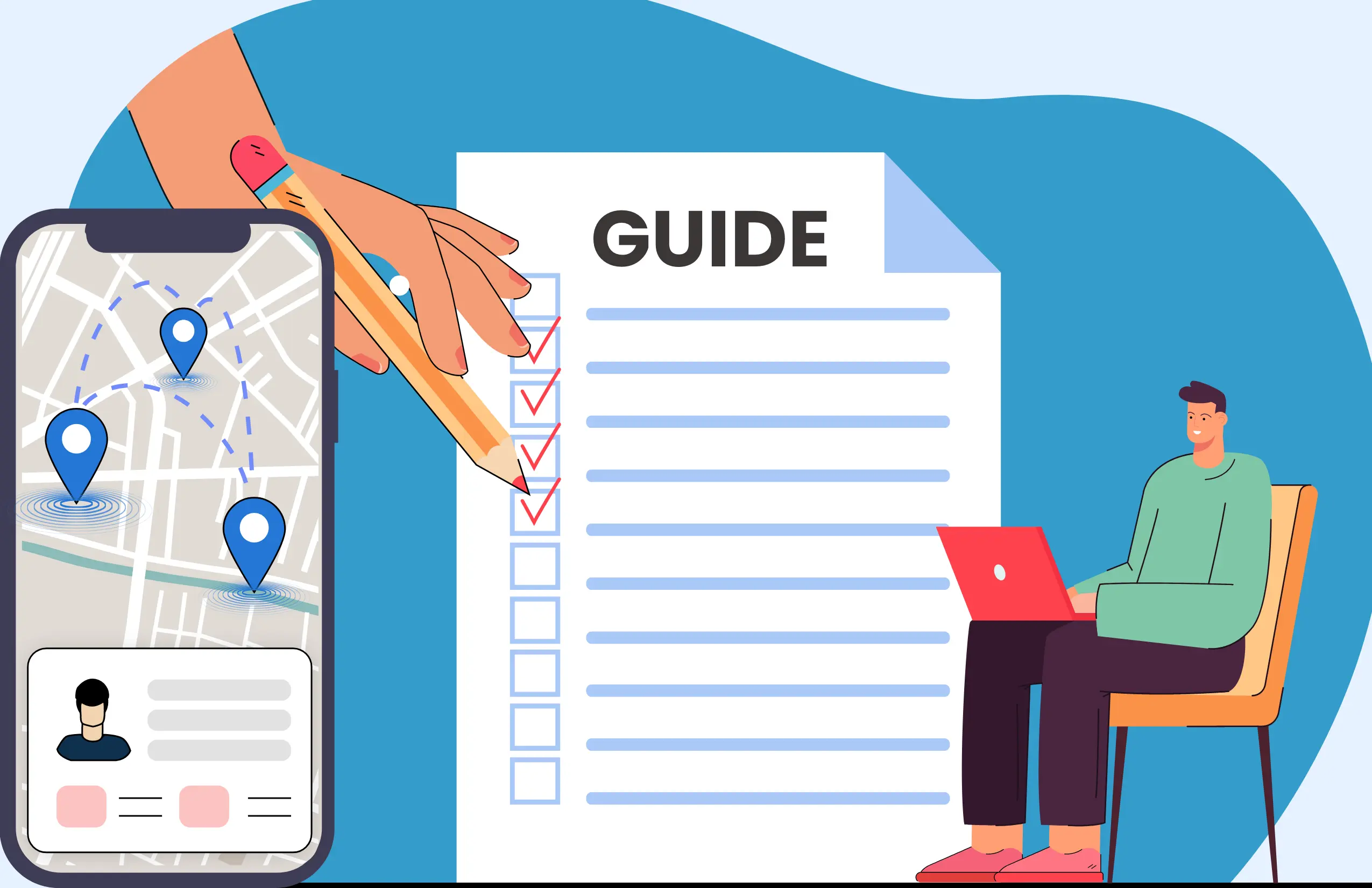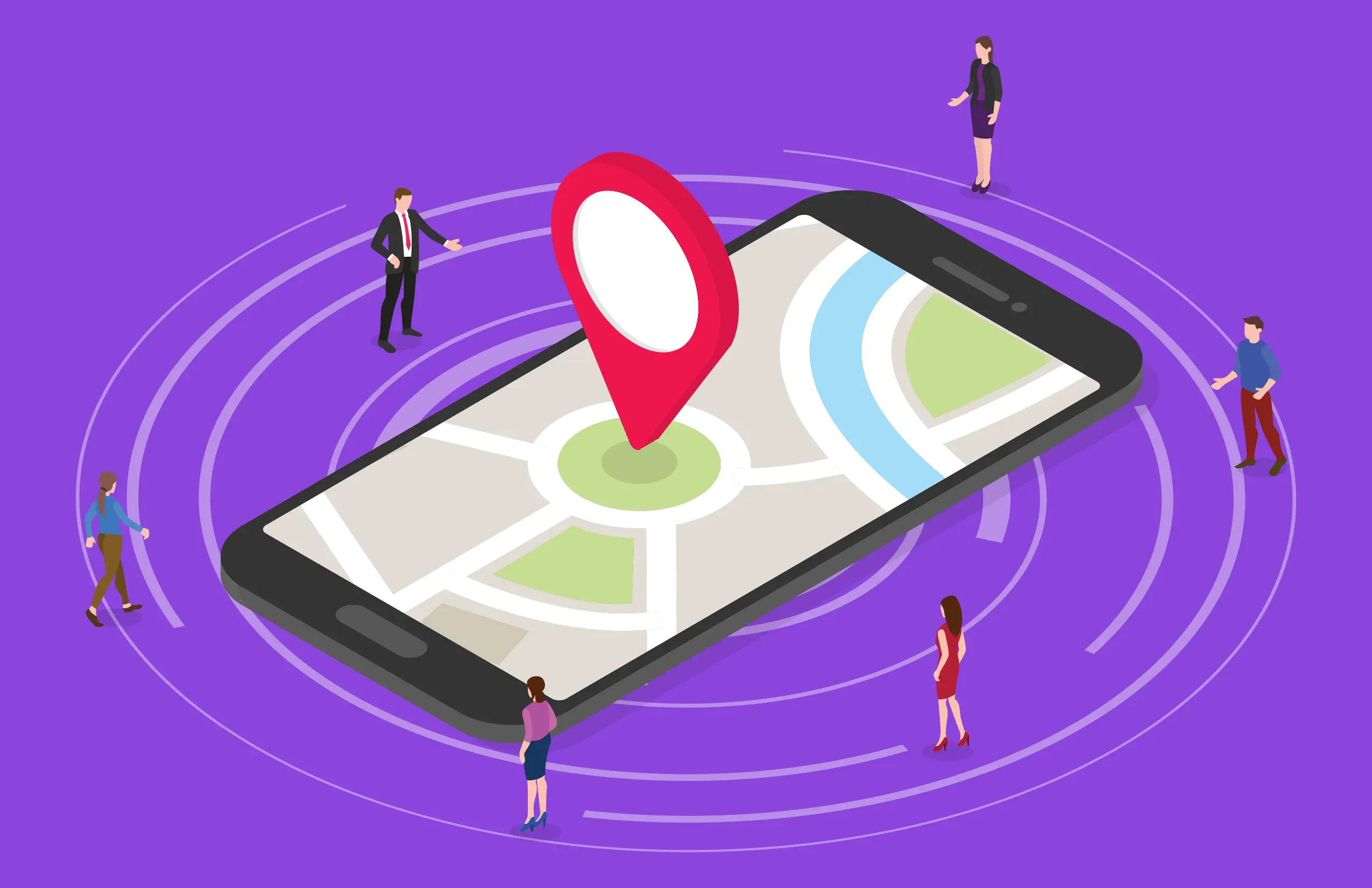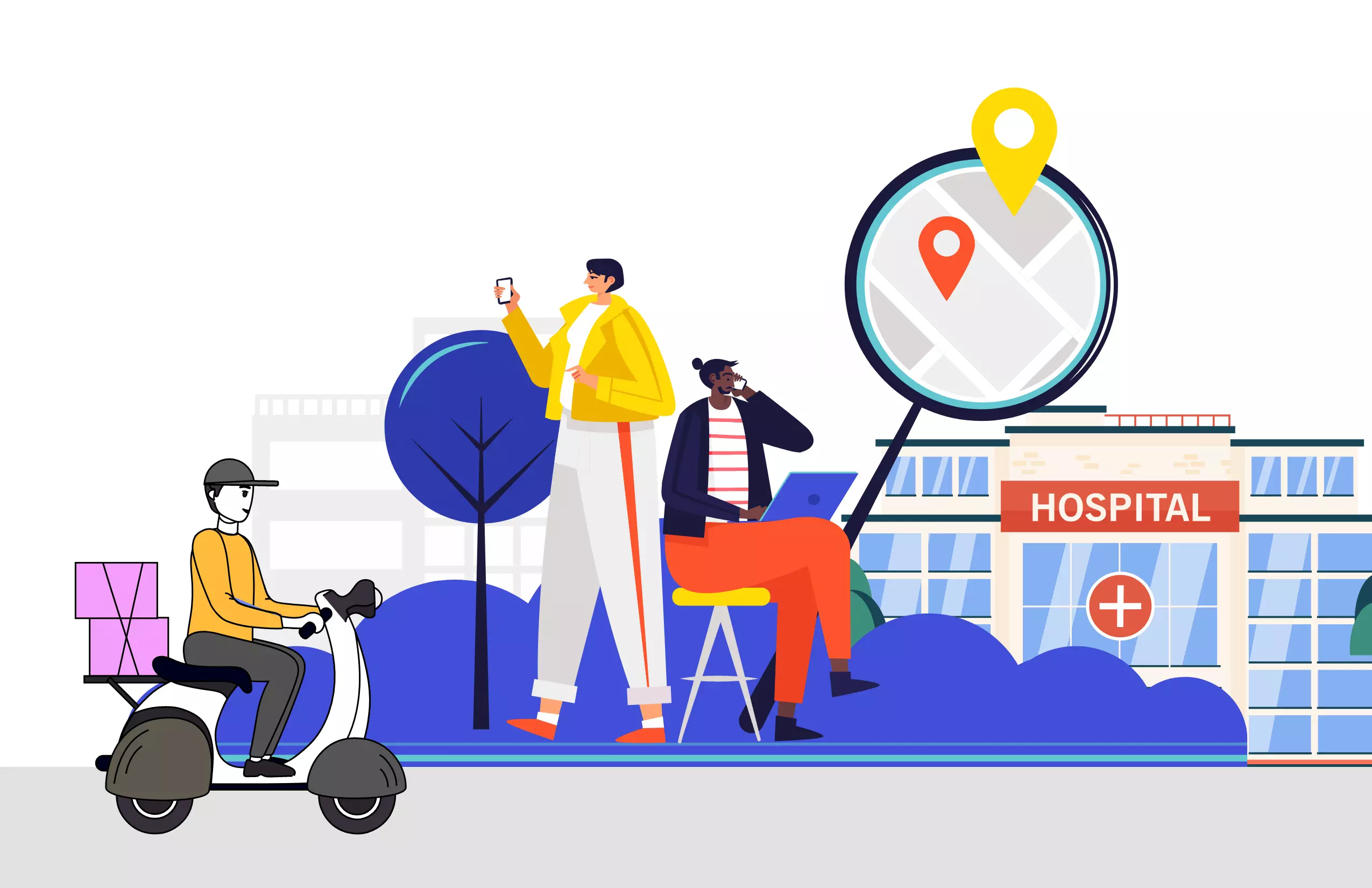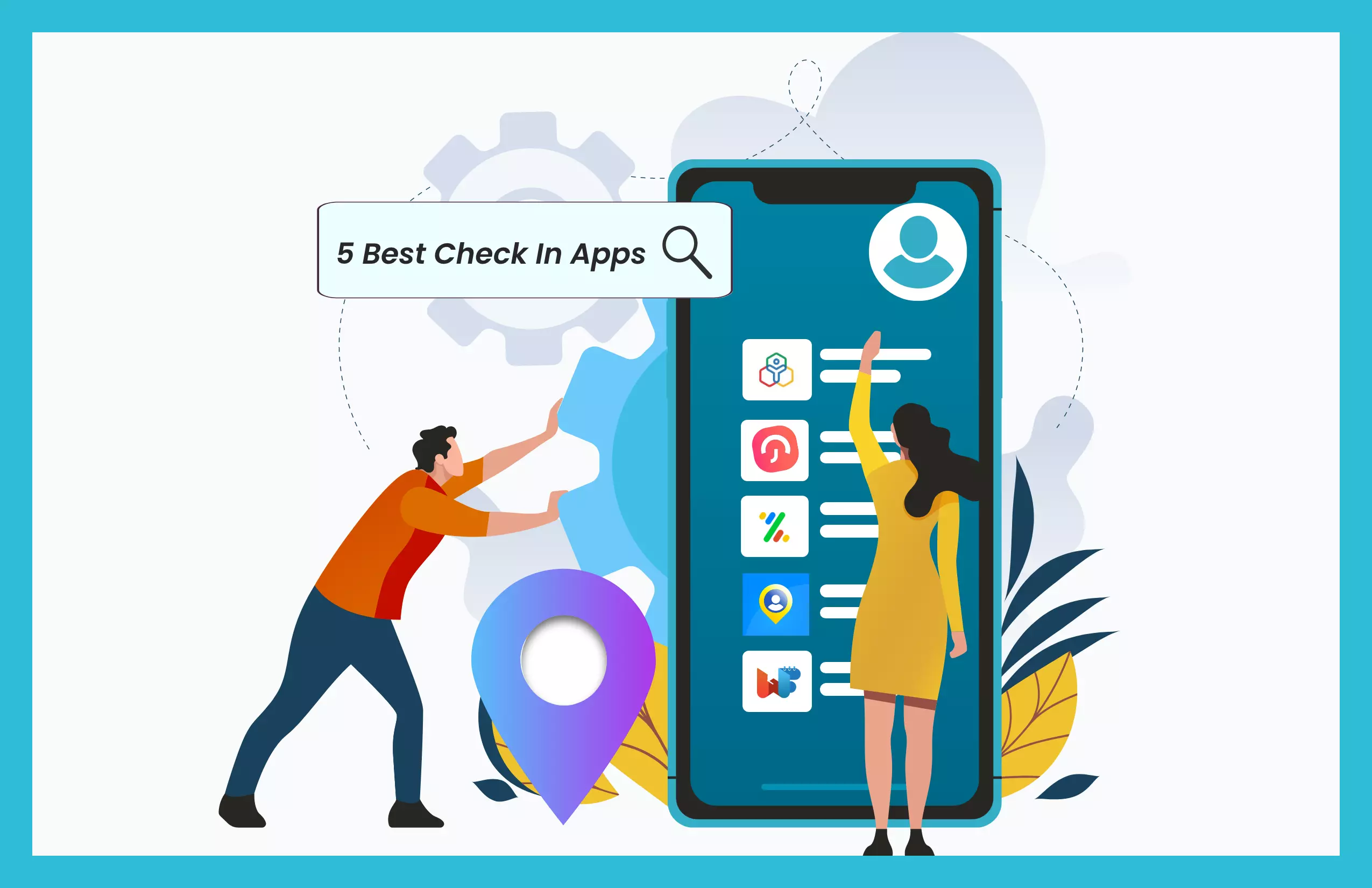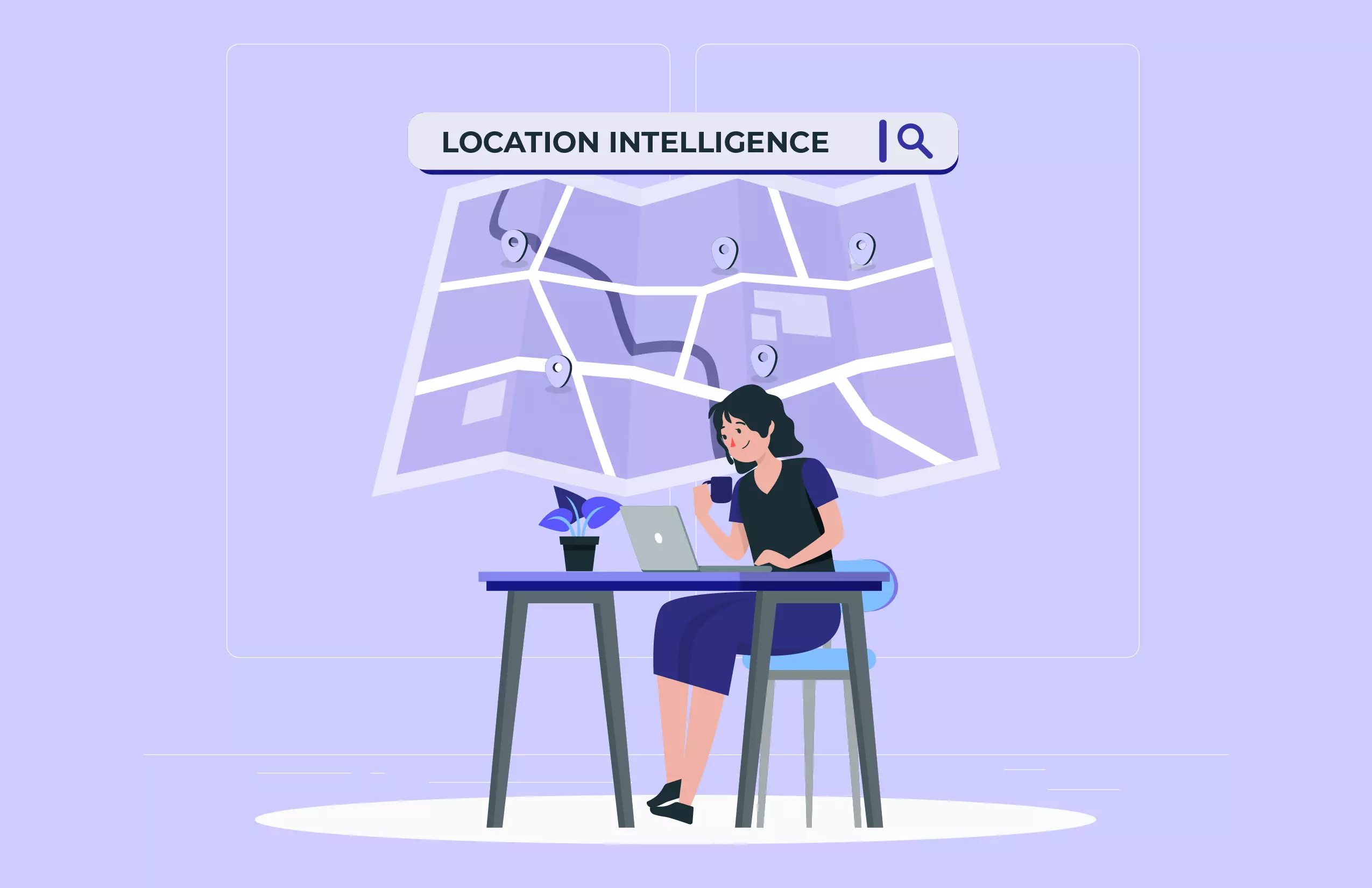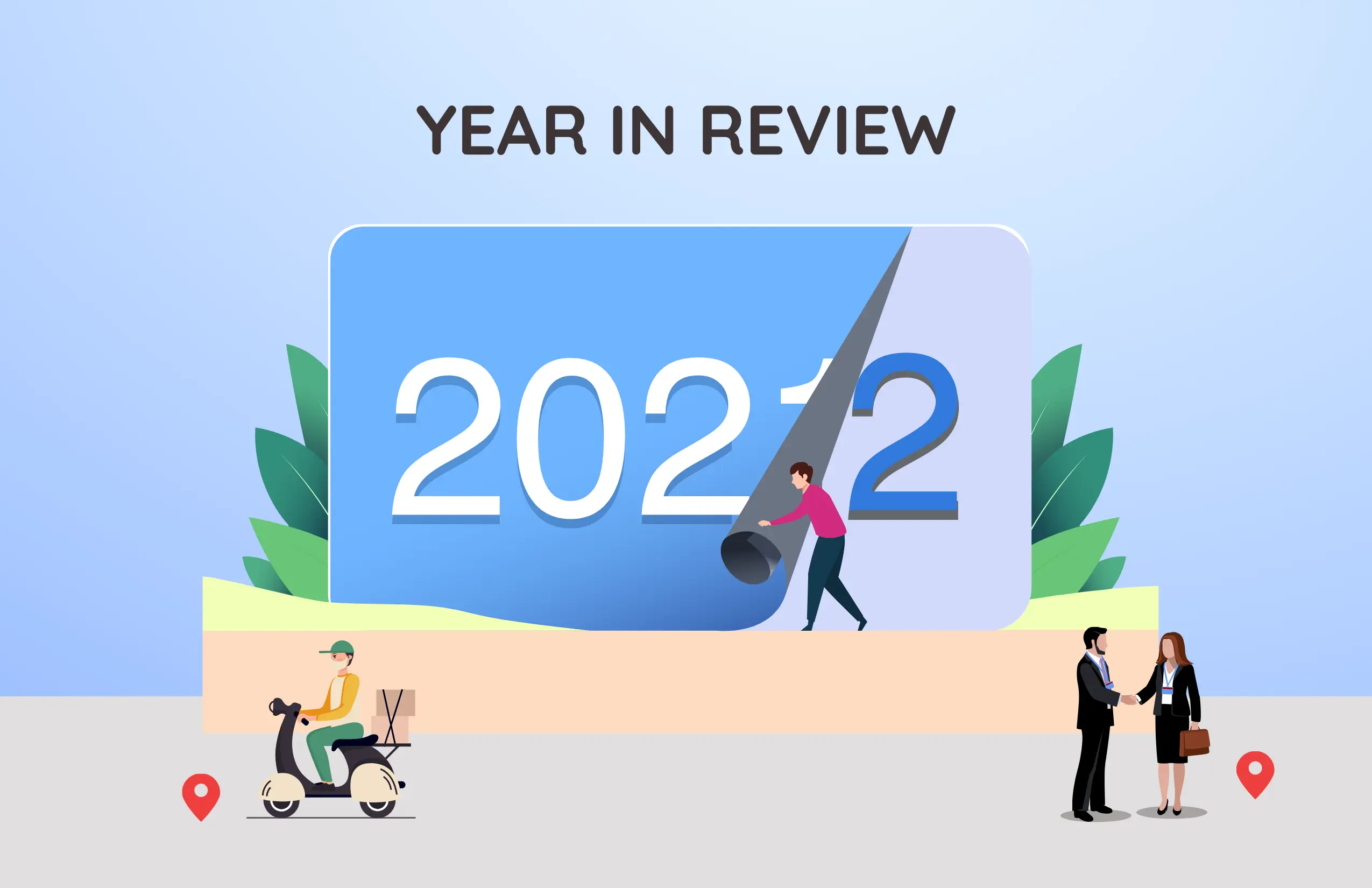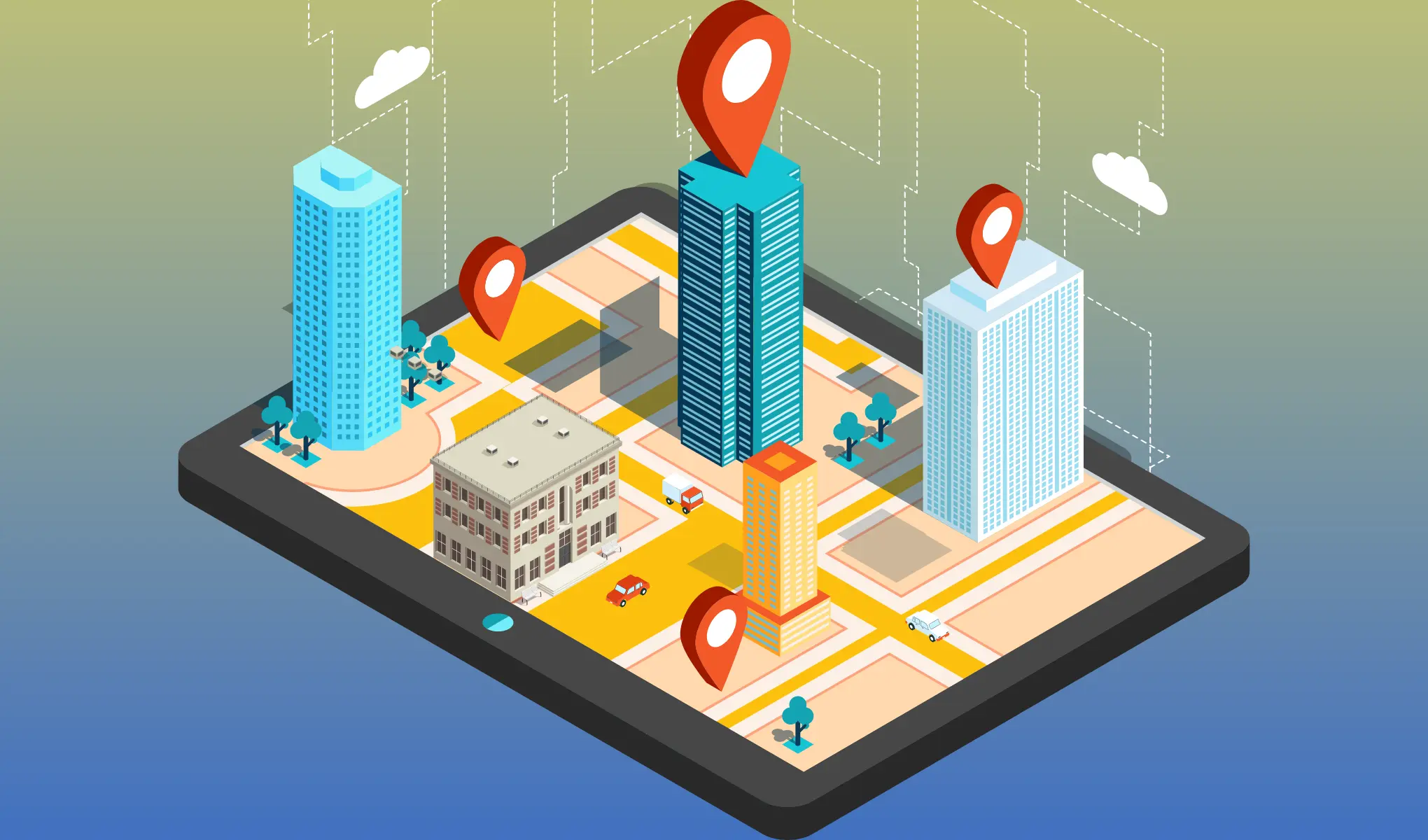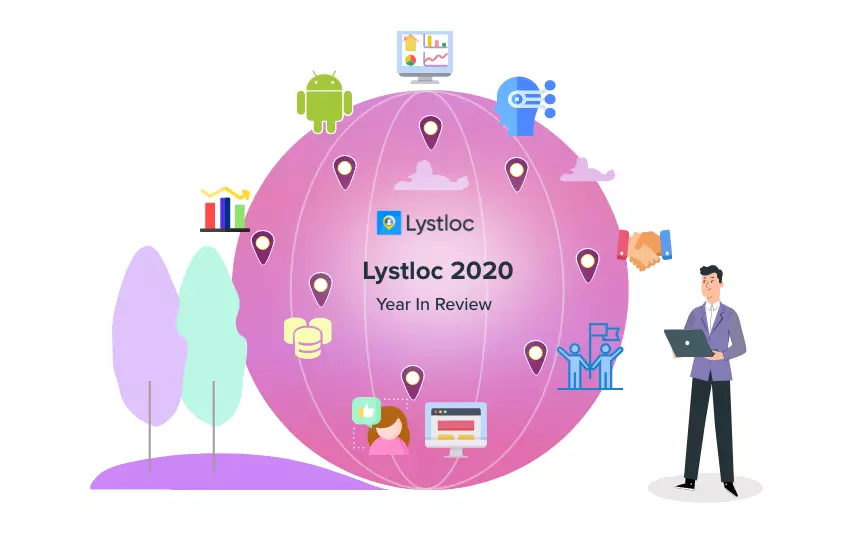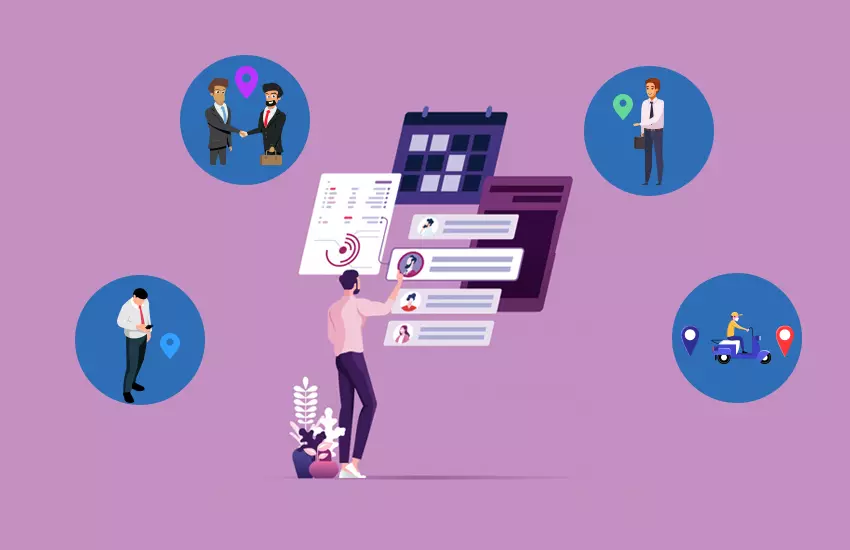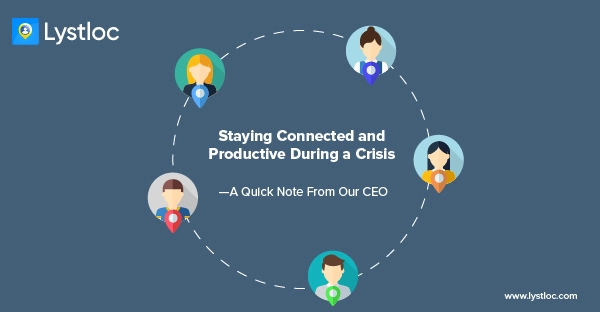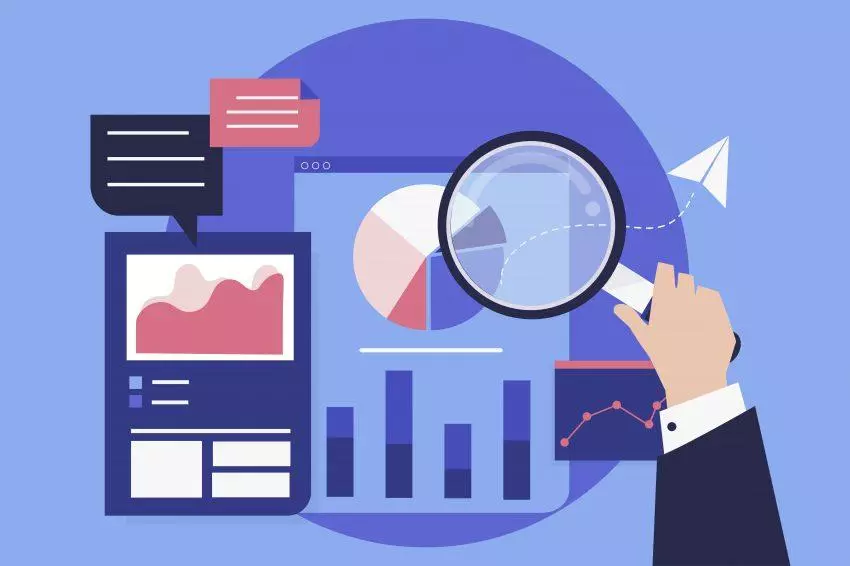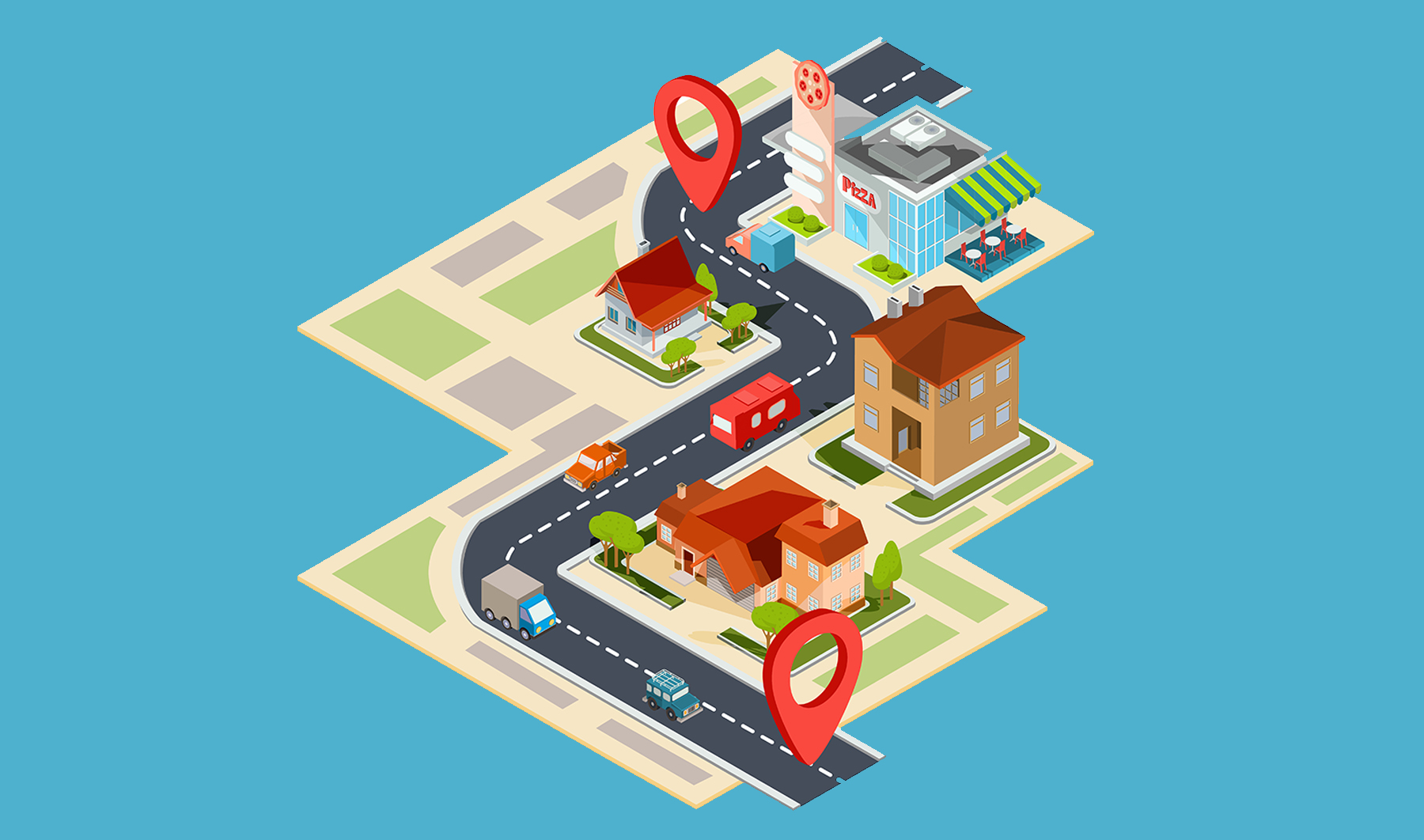
Location Intelligence is more than a map?
Table of Contents
Are you one of the organizations having assets moving across the geography? Be it employees or vehicles? Have you considered how Location intelligence could help you?
Well, what do we mean by Location intelligence?
According to Wikipedia, Location Intelligence (LI), or spatial intelligence, is the process of deriving meaningful insight from geospatial data relationships to solve a particular problem.
For example, this is how Tom Cruise chooses to use Location Intelligence in his “Mission Impossible“
In other words, any useful information that involves geo-position with a factor of time in it could be used termed as Location intelligence.
Now if you thought location tracking belonged only to the Ethan Hunts and James Bonds, you are wrong!
Location intelligence is widely used in the business world to solve everyday problems.
Related: How to use location intelligence to manage school bus efficiently?
What is your problem?
Well, now that we set the tone, let’s prove that location intelligence is more than a map.
Do you think you have a particular business pain point involving geospatial data?
- Sales employees going more out on the field but win fewer sales?
- Delivery trucks that are never on time?
- Cabs plying with high idle time?
- Skyrocketing petrol allowance disbursement?
To illustrate better, let us classify the problems into two major segments:
Having a strong location intelligence gathering mechanism might just be the easy answer to the above problems and more.
Traditional approach and their pitfalls
If you think you already have some amount of Location tracking being done, it’s time to assess if the intelligence gleaned is worth the effort of gathering it.
Prevalently, this is how location tracking is being done traditionally:
Employee Tracking:
- List of customer visits for the day is scheduled
- The schedule is communicated to the employee
- End of the day, an update is issued by the employee
- Some supervisors demand to see the visiting cards collected during customer visits the next day. This will be regarded as proof of a customer visit.
Related: Managing your employees using Location Intelligence
The issue with this model of operations is that too many factors are left to chance.
- Was the schedule drawn with consideration to routes?
- Were the right tools provided to chart out the route map?
- There is little communication during the course of the day
- Proof of visits could be easily tampered with
Vehicle Tracking:
At the beginning of the day:
- Trip kilometers noted down
- Fuel tank reading noted down
- Start time noted down
Here too there are various factors that are not considered like:
- Waiting time
- Traffic idle time
- Not using the best available route map
In both the cases of Employee tracking as well as Vehicle tracking, there is a lot of phone calls involved. Because of the travel, the employees or drivers might not be in a position to pick up the calls. Or worse, they could pick the calls during travel and endanger their lives.
From the point of view of Supervisor, there is too much reliance on the information provided about the Employee/Driver themselves.
Smart Approach
The jump in technology advancement has significantly helped the field of gathering location intelligence.
Employee Tracking:
Location tracking of employees out on the field is being done using a lot of smart apps.
Here are the Top 3 Applications for Employee Tracking that you could use today.
The smart approach to Location intelligence is going beyond using a map.
For example, the historical data from Lystloc helps draw the most optimized route maps.
Best of all, Lystloc also provides with real-time location tracking feature. This is directly proportional to the increase in productivity.
“Monitoring Your Sales Team Performance Effectively” outlines some more smart approaches for increasing the Sales team’s performance.
The smart approach includes using historical data to draw insights. For example, the Lystloc app provides a way to retrieve location intelligence data for any given past date.
We could see the check-in, check-out and waiting times of every employee. When we choose an individual employee we would be able to see the multiple Check-in/Check-outs done during a single day.
So, location intelligence is indeed more than a map that we use to navigate. It could give you business intelligence where you will be able to take actionable decisions.
Vehicle Tracking:
The Vehicle owner whether of a single cab or a whole fleet needs to maximize vehicle utilization.
Vehicle optimization is the key to increasing profitability.
Route Optimization: Knowing if your driver is taking the most optimal route to the destination is critical. Saving fuel costs and time will show a significant positive blip in your revenue chart over months.
If you own cabs and are operating it for popular cab aggregators then you should be definitely monitoring “idle time”.
Insights from location intelligence reports will help you answer important questions like:
- Is it profitable to operate under a particular cab aggregator?
- Is a particular driver operating in a lower efficiency compared to others?
- Fuel allowances are indeed true?
- So, in conclusion, if one uses the latest advancements in the GPS, the location intelligence indeed will become a rich source of business intelligence.
- If you are considering employing the smart approach towards location intelligence, you might want to check the article
- “Top things to remember when rolling out GPS technology in your organization” before implementing the changes.
